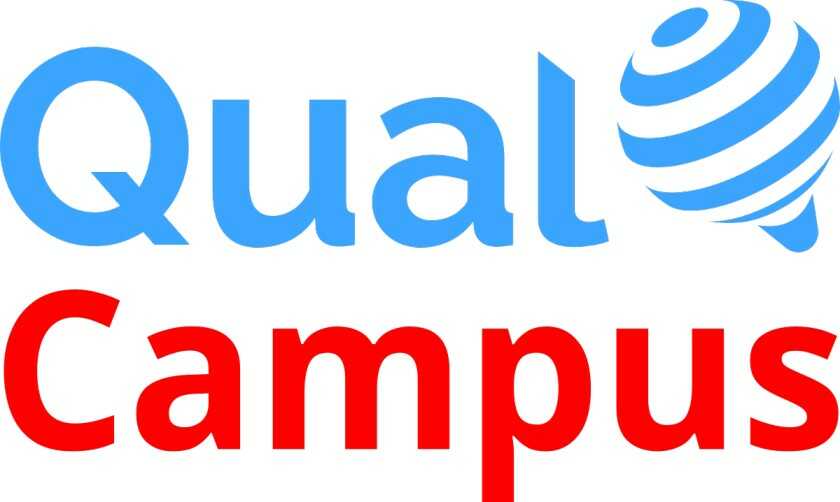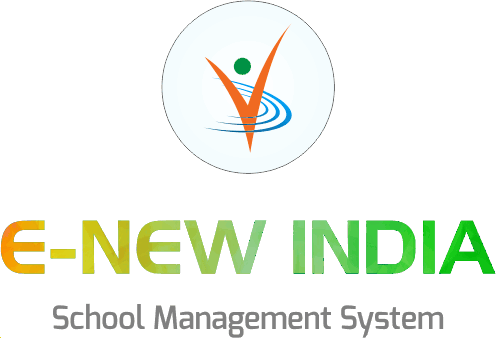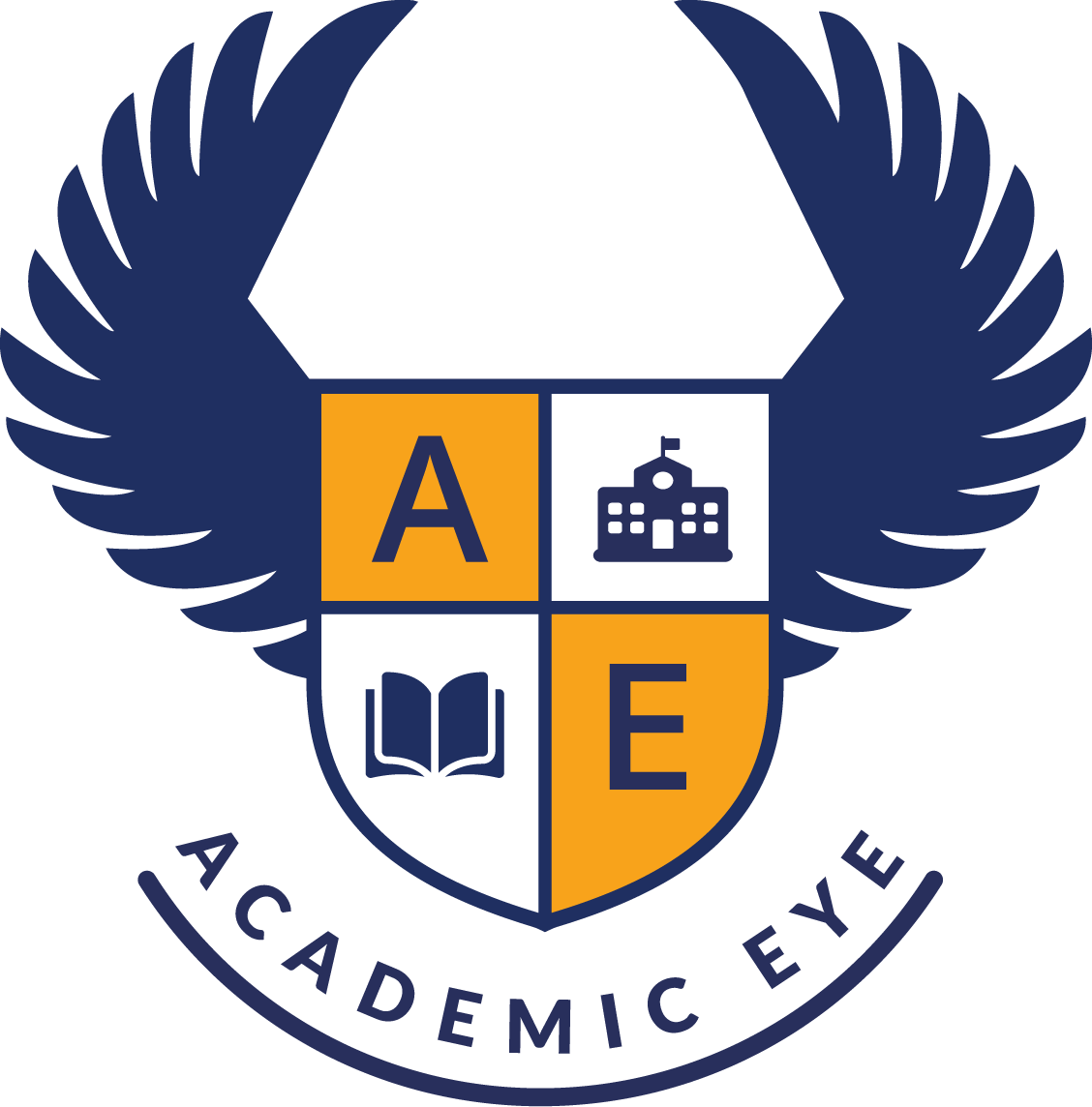Description

MyiSchool

QualCampus
Comprehensive Overview: MyiSchool vs QualCampus
MyiSchool and QualCampus are both educational management software platforms designed to streamline and enhance the operational efficiency of educational institutions. Below is a comprehensive overview of these two products, including their primary functions, target markets, market share, user base, and key differentiating factors:
a) Primary Functions and Target Markets
MyiSchool
Primary Functions:
- Student Information System: Manages student data, enrollment, attendance, and academic records.
- Learning Management: Facilitates online learning through course management, e-learning modules, and virtual classrooms.
- Communication Tools: Provides channels for communication between teachers, students, and parents.
- Administrative Management: Handles administrative tasks, including timetable scheduling, fee management, and examination processing.
- Reporting and Analytics: Offers data-driven insights for decision-making and performance tracking.
Target Markets:
- K-12 Schools
- Higher Education Institutions
- Educational Districts looking for integrated solutions
- Private and public educational entities
QualCampus
Primary Functions:
- Comprehensive Campus Management: Covers all aspects of campus operations, including admissions, finance, human resources, and examinations.
- Student Lifecycle Management: Encompasses the full range of student activities from admission to alumni.
- Cloud-based Accessibility: Allows institutions to operate with flexibility and reduced IT infrastructure costs.
- Course Management: Supports flexible course structuring, syllabus planning, and grading.
- Mobile Integration and Apps: Enhances user experience through mobile applications for students and faculty.
Target Markets:
- Universities and Colleges
- Large educational campuses and university systems
- Education management organizations with multiple campuses
b) Market Share and User Base
Determining the exact market share and user base of MyiSchool and QualCampus can be challenging due to the private nature of such data. However, the following general insights can be offered:
-
MyiSchool tends to have a significant presence in the K-12 market due to its focus on features tailored for schools and smaller college institutions. Its user base is broad and includes several public sector engagements, making it a popular choice in regions emphasizing accessible and scalable solutions.
-
QualCampus is often favored by higher education institutions due to its robust comprehensive campus management capabilities. It tends to have a competitive market share in the university system segment and is more prevalent in larger, complex educational settings that require extensive, centralized management.
c) Key Differentiating Factors
MyiSchool
- Focus on K-12 Education: Offers a tailored experience for schools, emphasizing student engagement and parent-teacher interaction.
- Ease of Use: Simplified interface designed for educators with less technical expertise.
- Customization and Scalability: While powerful, MyiSchool provides agile implementations for various-sized institutions with room for custom modules.
QualCampus
- Comprehensive Campus Features: Encompasses a wide array of management tools, making it better suited for complex university environments.
- Cloud-first Architecture: Deployed predominantly as a cloud solution, allowing for greater accessibility, reliability, and security.
- Detailed Financial Management: Superior financial modules that handle complex tuition structures and financial aid particulars.
Overall, the choice between MyiSchool and QualCampus would typically depend on the specific needs of an educational institution, such as the institution's size, the level of education provided, and the complexity of operations required. Each platform has carved out a niche in the educational technology space by focusing on different segments of the education market.
Contact Info

Year founded :
Not Available
+91 87583 63925
Not Available
India
Not Available

Year founded :
Not Available
Not Available
Not Available
Not Available
Not Available
Feature Similarity Breakdown: MyiSchool, QualCampus
When comparing MyiSchool and QualCampus, both of which are educational management systems, it's important to analyze specific aspects like core features, user interfaces, and any unique capabilities they might offer. Here's a general breakdown based on common functionalities typically found in such platforms:
a) Core Features in Common
-
Student Information System (SIS):
- Both platforms likely offer centralized systems to manage student records, including enrollment, attendance, grades, and personal information.
-
Attendance Management:
- They probably provide tools for tracking student and staff attendance.
-
Gradebook and Assessment:
- Features for recording and calculating grades, generating report cards, and managing assessments should be common.
-
Communication Tools:
- Integrated messaging systems for communication between teachers, students, and parents.
-
Timetable Management:
- Both may offer scheduling tools to manage class timetables and resource allocation.
-
Fee Management:
- Systems for managing tuition and other fee-related processes.
-
Library Management:
- Basic library management functionalities to track and manage library resources.
-
Reporting and Analytics:
- Tools to generate various reports and data analytics for decision-making.
b) User Interface Comparison
-
MyiSchool:
- Tends to focus on a user-friendly design with intuitive navigation aimed at providing ease of use for educators and administrators. The platform may emphasize simplicity to cater to users with varying levels of technical proficiency.
-
QualCampus:
- Might offer a more data-driven interface, potentially highlighting dashboards and data visualization to emphasize analytics and reporting. It may appeal to institutions looking for detailed insights and robust data-driven decision-making tools.
Overall, both are likely designed to be as user-friendly as possible but may differ in their aesthetic choices, navigation flow, and emphasis on certain features based on their target audiences.
c) Unique Features
-
MyiSchool:
- May offer modules tailored for specific educational levels or institution types (e.g., K-12 vs. higher education), possibly with unique integrations or partnerships tailored for localized educational needs or compliance requirements.
-
QualCampus:
- Could provide advanced analytics or AI-driven insights, potentially offering predictive analytics for student performance or administrative efficiency. Specific integrations with other educational or administrative software can also be a distinguishing factor.
In conclusion, while both MyiSchool and QualCampus share many core functionalities typical of educational management systems, differences may exist in user interface design philosophies and specific unique features tailored to different educational contexts or institutional needs. Detailed insights would require looking into the most current versions of each system for functionalities introduced after my training data.
Features

Not Available

Not Available
Best Fit Use Cases: MyiSchool, QualCampus
MyiSchool and QualCampus are both educational management systems designed to streamline operations and improve efficiency within academic institutions. Here’s a breakdown of their best fit use cases:
a) MyiSchool
-
Types of Businesses or Projects:
- Small to Medium-sized Schools: MyiSchool is often a great choice for smaller educational institutions, such as private schools, charter schools, and academies that require a scalable and efficient management solution.
- Specialized Training Centers: It benefits niche training centers that focus on specific skills or certifications and need a system to manage student records, schedules, and curriculum.
- Non-traditional Education Providers: Organizations offering online courses, homeschooling programs, or alternative education solutions can utilize MyiSchool to integrate online learning with administrative processes.
-
Key Features:
- User-friendly Interface: This allows staff with limited technical skills to manage operations with ease.
- Flexible Curriculum Management: Supports a variety of teaching methodologies and educational frameworks.
- Integration Capabilities: Offers compatibility with various educational technologies and platforms.
b) QualCampus
-
Scenarios for Preference:
- Higher Education Institutions: Colleges and universities with more complex administrative requirements may prefer QualCampus for its comprehensive feature set that handles everything from admissions to alumni management.
- Large Schools or School Districts: Ideal for organizations with multiple campuses that need centralized data management and reporting.
- Government or Public Education Initiatives: QualCampus can support public education systems that require adherence to specific regulatory and compliance standards.
-
Key Features:
- Advanced Analytics and Reporting: Provides detailed insights into institution performance and student success metrics.
- Robust Data Management: Manages large volumes of data efficiently, offering secure storage and easy retrieval.
- Customizable Modules: Institutions can tailor the software to meet specific needs and regulations.
d) Industry Verticals and Company Sizes
-
Industry Verticals:
- Primary and Secondary Education: MyiSchool targets primary and secondary educational institutions needing simple, effective management tools.
- Higher Education: QualCampus addresses the complexities of higher education systems with its in-depth features for course and faculty management.
- Online and Alternative Education: Both systems have features that cater to online education, though MyiSchool is more aligned with smaller providers.
-
Company Sizes:
- Small to Medium-sized Enterprises (SMEs): MyiSchool is typically better for SMEs due to its simplicity and affordability.
- Large Enterprises: QualCampus excels in large educational institutions with its advanced functionalities and capability to handle extensive operations.
- Multi-location Organizations: QualCampus accommodates multi-campus institutions, ensuring seamless integration and communication across sites.
Each system caters to particular needs and scales within the education sector, helping institutions manage effectively based on their size and strategic goals.
Pricing

Pricing Not Available

Pricing Not Available
Metrics History
Metrics History
Comparing undefined across companies
Conclusion & Final Verdict: MyiSchool vs QualCampus
When comparing MyiSchool and QualCampus, it is essential to consider several factors such as features, pricing, scalability, user interface, customer support, and specific needs of the institution. Here’s a comprehensive overview to guide your decision:
a) Which Product Offers the Best Overall Value?
Best Overall Value: QualCampus
From a holistic perspective, QualCampus tends to offer more comprehensive features at competitive pricing, making it particularly valuable for institutions seeking a robust and scalable solution. Its wide array of tools and flexible customization options provide a more tailored experience for diverse educational needs.
b) Pros and Cons of Each Product
MyiSchool
Pros:
- User-Friendly Interface: MyiSchool is known for its intuitive layout and ease of use, making it ideal for institutions with limited technical expertise.
- Affordable for Small Institutions: The pricing structure is attractive for smaller schools with budget constraints.
- Good Customer Service: Responsive support team that assists with onboarding and troubleshooting.
Cons:
- Limited Features: MyiSchool might lack some advanced features required for larger institutions or specialized programs.
- Scalability Issues: Not as scalable as some competitors, which might be a limitation as the institution grows.
QualCampus
Pros:
- Comprehensive Feature Set: Offers a wide range of modules including administration, student management, finance, and analytics.
- Scalable Solution: Capable of growing with the institution, making it suitable for large and diverse campuses.
- Customizable: High level of customization to meet specific institutional needs.
Cons:
- Complex Setup: The initial setup may be more complex and time-consuming, requiring technical assistance.
- Higher Initial Costs: The investment might be higher for smaller institutions, despite long-term cost-effectiveness.
c) Specific Recommendations for Users
-
Assess Institutional Needs: Consider the specific needs of your institution. If you require a simple, user-friendly system without hefty initial investments, MyiSchool may be more suitable. For institutions needing a comprehensive and customizable platform with scalability, QualCampus is the better choice.
-
Evaluate Budget and Resources: Smaller institutions or those with limited budgets might prefer MyiSchool. However, if resources allow and the institution anticipates growth, investing in QualCampus could provide better long-term value.
-
Consider Technical Expertise: Institutions with limited technical expertise or support should weigh the complexity of each system. MyiSchool’s simplicity is beneficial in such cases, whereas QualCampus may necessitate more IT support.
-
Look for Integration Needs: If there’s a need for integration with existing systems or third-party applications, assess which platform offers more seamless integration capabilities.
-
Trial and Feedback: If possible, take advantage of trial periods or demos offered by each provider. Gather feedback from various stakeholders within the institution to ensure the solution fits needs across the board.
Ultimately, the decision between MyiSchool and QualCampus should align with the institution’s strategic goals, budgetary constraints, and operational demands.
Add to compare
Add similar companies



